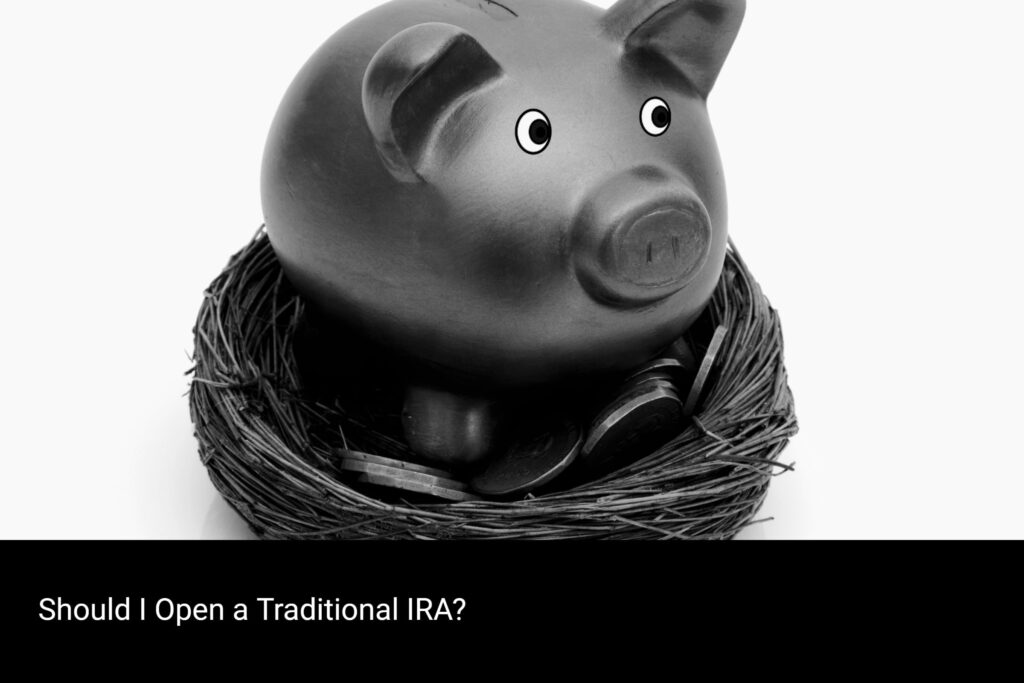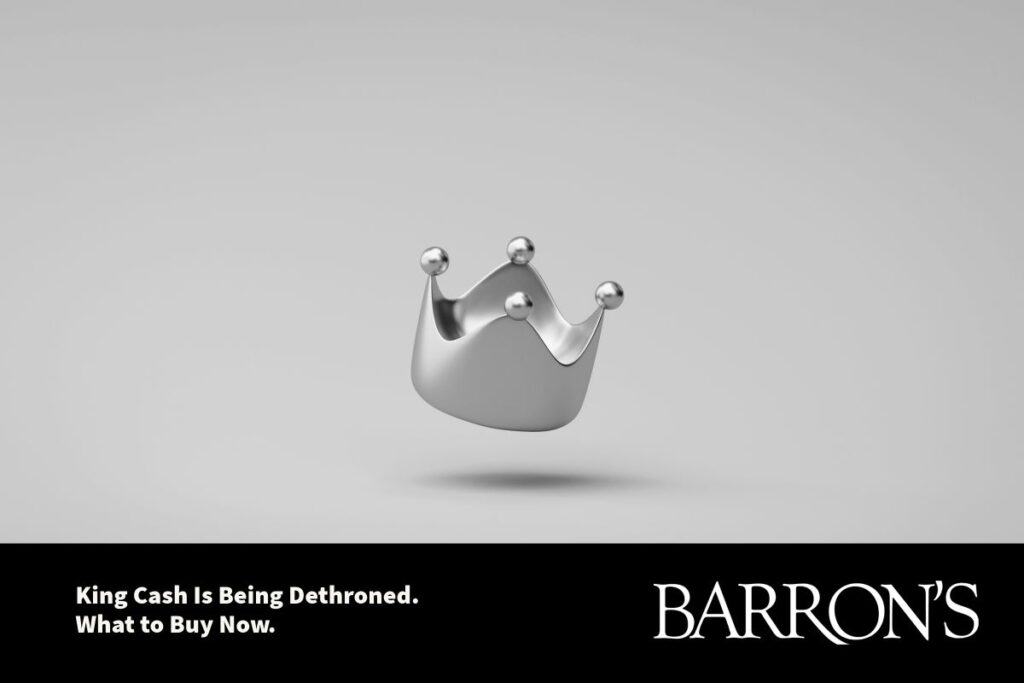Opening a Traditional Individual Retirement Account (IRA) can serve as a fundamental leap towards securing your retirement. By potentially reducing your tax liability and providing a platform for savings, it offers a great pathway to retirement planning. This article will dissect the inner workings of Traditional IRAs, guiding you to understand how they function and whether they’re the right choice for you.
Understanding Traditional IRAs
When you think about Traditional IRAs, consider the prospect of immediate tax savings. A Traditional IRA is a type of account designed to facilitate retirement savings. It offers the potential for a tax deduction on the money you invest in it, allowing your investments to grow tax-deferred, not tax-free. This implies your money grows tax-free until you withdraw it. At that point, the withdrawn amount is regarded as ordinary income and subjected to taxes.
Let’s break this down:
- You open a Traditional IRA.
- You fund it with a ‘contribution,’ limited to $6,500, or an additional $1,000, totaling $7,500 if you are over 50.
- You receive an above-the-line tax deduction for your contribution.
Here, the trade-off is that the IRS lets you enjoy a tax deduction now and accumulate tax-free growth, but expects those taxes to be paid later when you withdraw the money.
Eligibility for Opening a Traditional IRA
While anyone can open a Traditional IRA and deposit money into it, not everyone will qualify for a tax deduction for their contributions. If you participate in a retirement plan through your employer, you are what the IRS categorizes as an ‘active participant.’
The IRS reasons that if you have access to a 401k at work, you can contribute to that account for tax-deductible retirement savings instead of a Traditional IRA. However, exceptions exist. If your income falls below certain thresholds set by the IRS, you can contribute to both your 401k and a Traditional IRA and receive a tax deduction on both. For instance, as of 2022, if you’re a single tax filer with modified adjusted gross income below $73,000, you can contribute to both and receive tax deductions on your Traditional IRA contributions. Any earnings above this amount are phased out.
Navigating Required Minimum Distributions (RMDs) in Traditional IRAs
Apart from future distributions’ taxation from a Traditional IRA, another important consideration is that Traditional IRAs come with something known as Required Minimum Distributions (RMDs). As of 2023, these RMDs kick in when you turn 73. From then on, you’re mandated to withdraw a certain amount from your IRA every year.
The annual withdrawal amount is based on the previous year’s ending account balance and a life expectancy divisor provided by the IRS. Failure to adhere to these RMDs results in you owing ordinary income tax plus a 50% penalty.
Exploring Alternatives to a Traditional IRA
While a Traditional IRA can be a beneficial retirement savings tool, it may not be the best fit for everyone’s financial situation. Alternatives worth considering include:
- Pre-Tax Employer Sponsored Plan (e.g., 401k): If your employer offers a retirement plan, this could be a more fitting area to focus your savings efforts. These plans come with higher contribution limits and no income tax phase-outs.
- Roth IRA: If you’re comfortable forgoing a tax deduction in exchange for tax-free growth and tax-free distributions, a Roth IRA is a popular alternative. It also doesn’t require RMDs, but income limitations do apply.
- Roth 401k: More employers are offering Roth 401k options, which function similarly to Roth IRAs but without income restrictions on contributions. However, a Roth 401k does require RMDs.
- Backdoor Roth: : A Traditional IRA can effectively serve as a conduit for making Roth contributions, even if your income surpasses the Roth limits. However, there are various ways this process can go awry. To avoid such pitfalls, we strongly recommend watching our video on YouTube, where we explain the correct way to execute a backdoor Roth
Navigating Your Next Steps
The landscape of retirement accounts can indeed be complex. Depending on your personal situation, there may be other tools outside of the accounts mentioned in this article that could be beneficial to your retirement savings journey. If you need further guidance on which accounts to contribute to, don’t hesitate to reach out or schedule a call with us.
RELATED READING:

Important Disclosures
MDRN Wealth LLC does not provide specific legal or tax advice. Please consult with professionals in these areas for specific legal and tax recommendations. The information provided herein is general information. It is not intended to be construed as investment, tax, or legal advice. Information in this article is not an offer or solicitation to purchase, sell, or endorse a specific company, security, investment vehicle or strategy. Investing involves risk and the possible chance for loss of principal. Please consider your tolerance for risk before investing. Past performance is never guaranteed and future results can vary. Opinions conveyed by MDRN Wealth LLC cannot be viewed as an indicator of future performance and are subject to change. Results may vary. Use information at your own risk.











